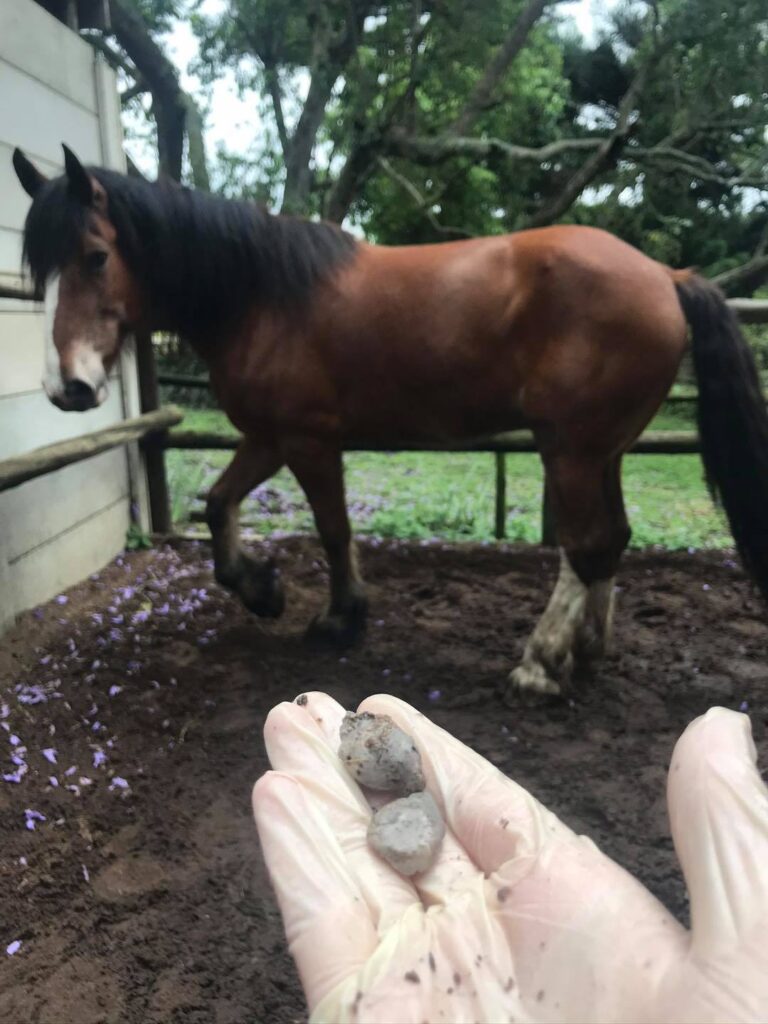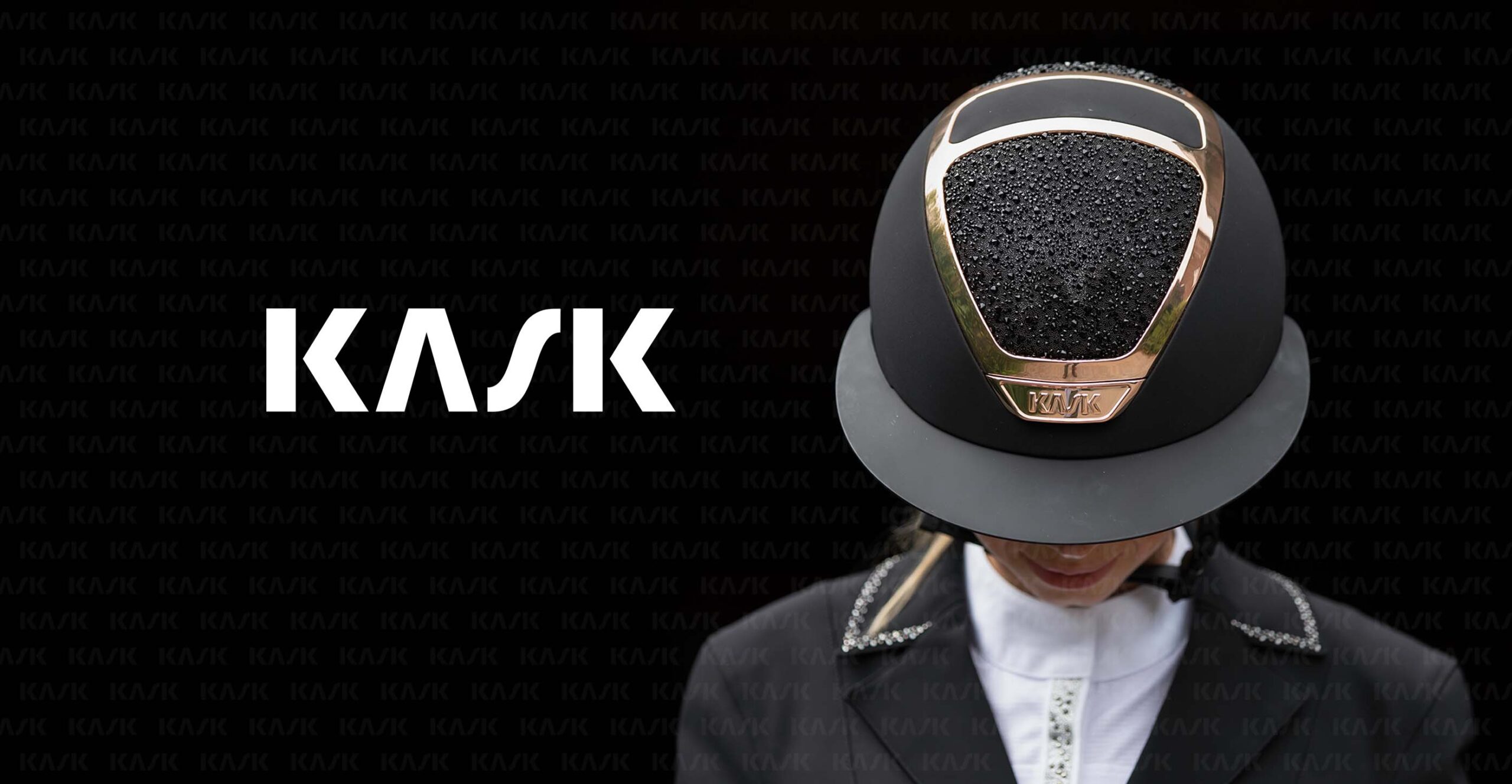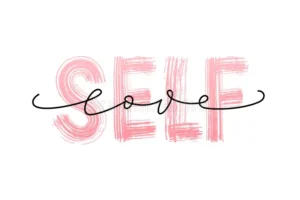When it comes to equine health and well-being, one aspect which many don’t consider (or don’t know to consider) is sheath cleaning and bean extraction – a procedure necessary for colts, geldings and mares. Domestication of horses has resulted in changes in lifestyle and breeding behaviour which in turn means that bean extraction doesn’t necessarily happen naturally as it would in the wild and often requires human intervention to avoid complications.
We chat to Tagan Maritz from Professional Sheath Cleaning Services SA to find out more about sheath cleaning and bean extraction.
What exactly is a ‘bean’ and why is bean extraction necessary?
A bean is a build-up of smegma (dust, sand, dead skin cells, bodily fluids and other debris) with a wax like or solid consistency and round or oval in shape. This build-up often begins as; a soft gray or red (depending on the skin pigment of the horse) wax-like substance which then catches in the urethral sinus pocket and clumps together to form a bean. In the wild/natural environments horses are breeding and dropping the penises far more often than domesticated stallions/geldings which means the smegma is better managed and beans are cleared out before they have a chance to block the urethra. If a bean is not correctly extracted it is likely to put pressure on the urethra, this could lead to pain/discomfort during urination, soreness in the head of the penis, stiffness in the hind-end, urinary tract infections and in very severe cases a bean can completely block the urethra leading to a colicky horse and a bladder that may perforate.
How big can beans get?
The largest bean I have personally extracted was around 6-7cm in diameter, which is large considering the smaller size of the pocket from which it was extracted. In cases from other sheath cleaners, beans can grow to be the size of a person’s palm, which would cause extensive damage to the area.
 Bean extracted by British sheath cleaner (Gawsworth Track Livery on Fb)
Bean extracted by British sheath cleaner (Gawsworth Track Livery on Fb)
Why do some horses get beans and others don’t?
Every horse will have smegma and form beans, big or small; however some horse are able to naturally pass their beans better than others and some may struggle their whole life with beans. Things that affect bean production and passing are:
- environments: for example dusty areas and riding on sand makes horses more prone to sand build up in the sheath,
- workloads: horses which sweat more will contribute more to bean production;
- frequent breeding for stallions will cut down on their smegma build up;
- age,
- diet and the individual anatomy,
- shape and size of the sheath and penis all contribute to how beans are produced and if they are passed easily or not.
Apart from physically seeing a bean, what other signs might indicate a horse has a bean?
- During urination the stream is weak or fanning of the urinary flow
- Visible discomfort during urination
- Unwillingness to drop the penis
- Swelling of the sheath
- Tail rubbing
- Itchiness in the sheath area
- Stiffness/ difficulty in engaging the hind-quarters
- Strong smell of smegma from the sheath
- Smegma marks on the back legs/underside of the horse.
- Kicking and biting at the sheath area
Many readers may not know that mares can also get beans, can you tell us more about mare beans?
Mare beans are formed the same way as those of geldings and stallions, and are located in a small sac inside the vulva. Mare beans do not get as large as those from males, but are equally as uncomfortable. Mares in the wild foal down which cleans out their beans. My job is to extract these beans and clean around the udders and vulva to counteract any discomfort. Signs of a mare in need of a clean are similar to those in males and include tail rubbing, discomfort during urination, swelling, itchiness, strong smells, moodiness, irritation, UTI’s and stiffness in the hind quarters.
Why are the benefits of sheath cleaning for horses?
Sheath cleaning and bean extractions offer immediate relief of pain and discomfort, this service also allows a horse to function in the most natural way possible. Regularly scheduled proper sheath cleaning and urogenital cleaning for mares also provides for the monitoring of any underlying issues such as sarcoids, melanomas, internal injuries; and the management there of. Sheath cleaning and urogenital cleaning of mares are an integral part of good animal husbandry.
Do horses require sedation for this procedure?
Professional Sheath Cleaning’s approach to horse handling and treatment of the animal’s means that only around 2% of our very sensitive clients need to be lightly sedated by a registered veterinarian.
How long does the procedure take and what does it cost?
The time this process takes is varied and depends on the horses’ behaviours. Because horses are individuals, each of them react differently to receiving this treatment, therefore our approach is that we take time with each horse in order to make them comfortable, this meaning a cleaning can last anywhere from 15-40 minutes depending on the horses level of comfort around strangers and being touched in delicate areas. Our current cost for a sheath cleaning is R250 per horse country wide, discounted fee structures are available to larger yards.
How often should one book for sheath cleaning – regularly or only if you suspect they may have beans?
A hygienic cleaning for all horses should be done regularly; most of my clients are booked on a 3-6 month cycle. Reason being is that we are focused on maintaining cleanliness for the comfort of the sheath or udders and vulva, whilst avoiding the discomfort of build-up and beans.
Equine sheath cleaning is probably not a profession many consider – how did you get into this business?
Having to work on my own horses, I found that there was a lack of this specialised service in South Africa, I then actively started looking for a mentor. I managed to find a mentor in KZN who had studied stable management with a module on sheath cleaning in the UK and worked under her guidance, thereafter things rapidly grew. I believe the business grew well as it took a knowledgeable approach to addressing an important need that was previously largely overlooked in South Africa.
How can people get in touch with you to book?
People are welcome to contact me directly for bookings on the following platforms:
- Whatsapp: 061 372 2927
- Email: equibean@gmail.com
- Facebook: Professional Sheath Cleaning Services SA
- Instagram: @the_sheath_cleaner_sa
















